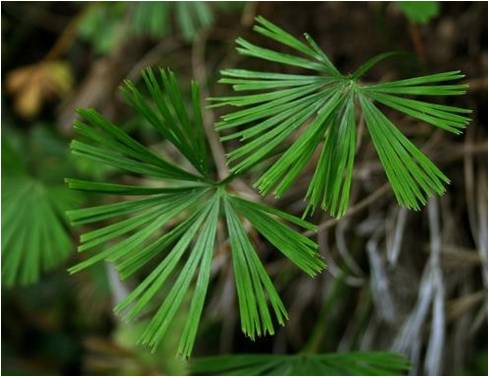Abstract
Actiniopteris dichotoma Bedd (Family; Polypodiaceae,) is an exceedingly pretty fern, used in traditional folk medicine to treat many diseases and disorders. The plant is bitter, astringent, sweet, cooling, acrid, constipating, anthelmintic, haemostatic, antileprotic and febrifuge. This study has analysed the leaf, stem, root and rhizome anatomy with the intention of supply sufficient information to the medicinal plant identification. The thin margins of pinnule curve abaxially and form a protective structure to the sporangia located in the axil of the curved margin and does not undergo any structured changes; it forms a protective covering for the sorus and sporangia, called pseudo indusium. The sporangium has a short stalk. The rachis consists of a thin layer of thick walled, lignified epidermal cells. The rhizome is irregularly lobed with deep furrows and ridges. The stele of the rhizome is dictyostele, consists of broken segments of vascular strands. The root has large squarish epidermal layer of cells with thick walls. The Pharmacognostical characters witnessed in this study could serve as an anatomical tool to document and standardize the much valued medicinal fern, Actiniopteris dichotoma Bedd.
Full text article
Generated from XML file
Authors
Rajendiran Krishnasamy, Gomathipriya Jeyapal, Chandrasekar MJN, & Dhanabal SP. (2023). Pharmacognostical studies on whole plant of Actiniopteris dichotoma. International Journal of Research in Pharmaceutical Sciences, 8(3), 364–372. Retrieved from https://ijrps.com/home/article/view/4588
Copyright (c) 2017 International Journal of Research in Pharmaceutical Sciences

This work is licensed under a Creative Commons Attribution-NonCommercial-NoDerivatives 4.0 International License.

